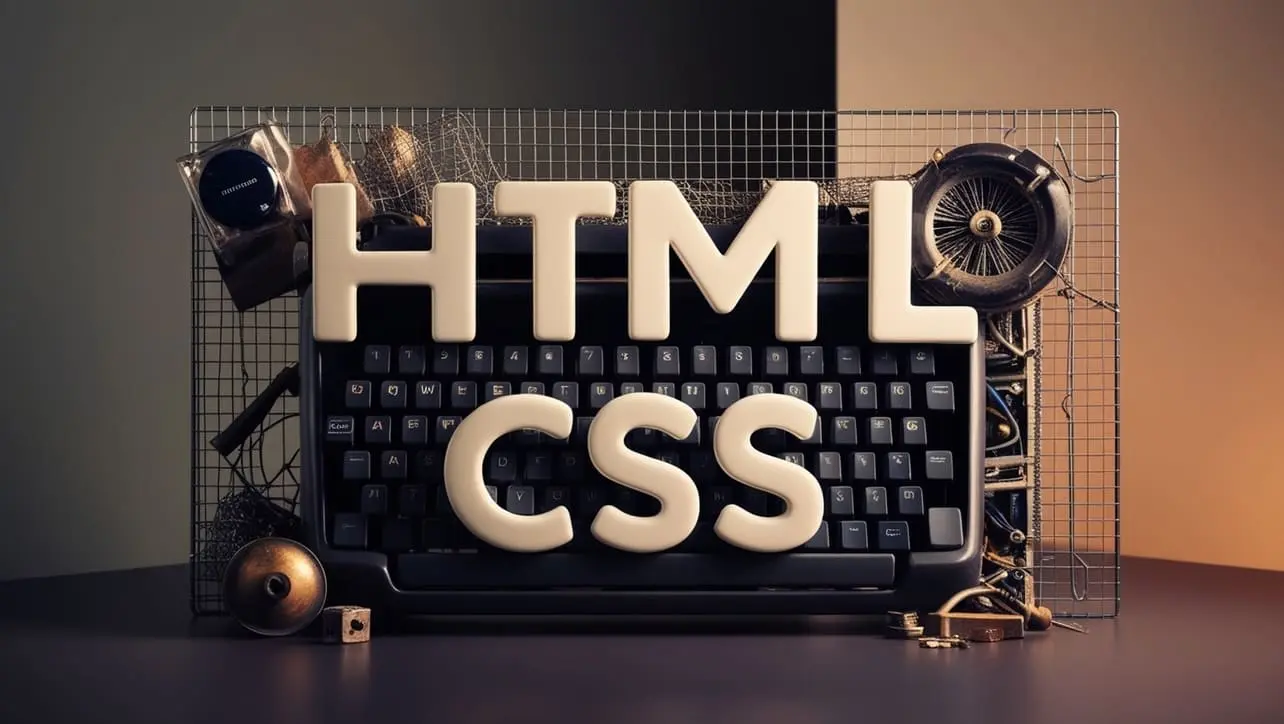
CSS Basic
CSS :enabled Selector

Photo Credit to CodeToFun
🙋 Introduction
The :enabled selector in CSS is used to select form elements that are currently enabled and can be interacted with. This pseudo-class is particularly useful for applying styles to form elements based on their state, enhancing user experience and accessibility.
💡 Syntax
The signature of the :enabled Selector is as follows:
:enabled {
/* CSS properties */
}The :enabled pseudo-class can be used with any form control element that supports the enabled/disabled states, such as <input>, <button>, <select>, and <textarea>.
📝 Example
Here is an example of how to use the :enabled selector in CSS:
☠️ HTML
<!DOCTYPE html>
<html lang="en">
<head>
<meta charset="UTF-8">
<meta name="viewport" content="width=device-width, initial-scale=1.0">
<title>CSS :enabled Selector Example</title>
<link rel="stylesheet" href="styles.css">
</head>
<body>
<form>
<input type="text" id="name" placeholder="Enter your name">
<button type="submit">Submit</button>
<input type="checkbox" id="agree">
<label for="agree">I agree to the terms</label>
</form>
</body>
</html>🎨 CSS
/* Style for enabled elements */
:enabled {
border: 2px solid green;
background-color: #e0ffe0;
}
/* Style for disabled elements */
:disabled {
border: 2px solid gray;
background-color: #f5f5f5;
}In this example:
- Enabled form controls have a green border and a light green background.
- Disabled form controls have a gray border and a light gray background.
💬 Usage Tips
- The
:enabledselector only targets elements that are enabled and can be interacted with. It does not apply to elements that are disabled. - Combine
:enabledwith other selectors to target specific elements within a form. For instance, you can style only enabled buttons using button:enabled.
⚠️ Common Pitfalls
- Ensure that you use
:enabledwith form elements that support the disabled attribute. It won't have any effect on elements that don't. - Test across different browsers to ensure consistent styling, as some older browsers might not fully support all CSS pseudo-classes.
🎉 Conclusion
The :enabled selector is a powerful tool for enhancing the visual presentation of interactive form elements.
By leveraging this pseudo-class, you can provide clear visual feedback to users about which elements are active and can be interacted with. Using :enabled effectively contributes to a more intuitive and user-friendly web experience.
👨💻 Join our Community:
Author

For over eight years, I worked as a full-stack web developer. Now, I have chosen my profession as a full-time blogger at codetofun.com.
Buy me a coffee to make codetofun.com free for everyone.
Buy me a Coffee











